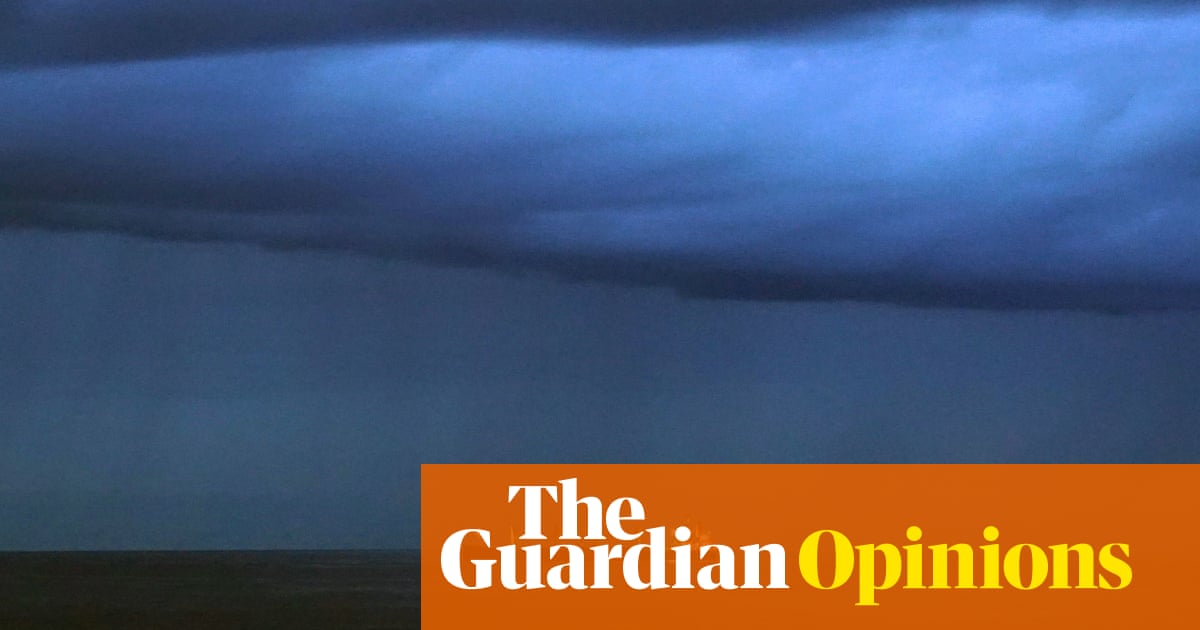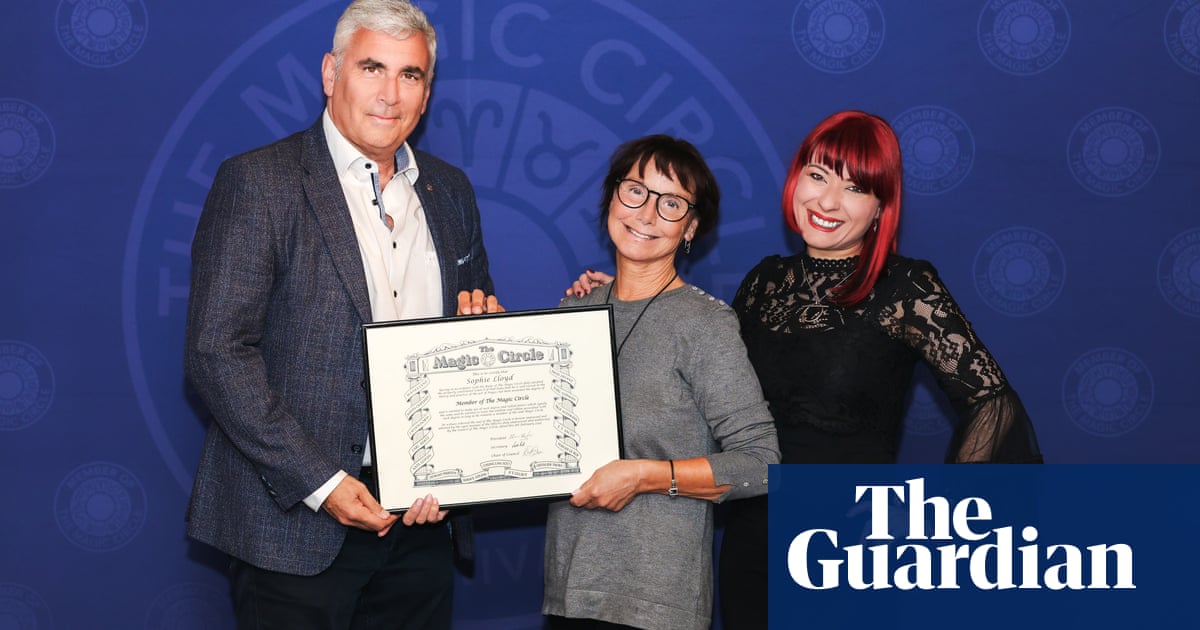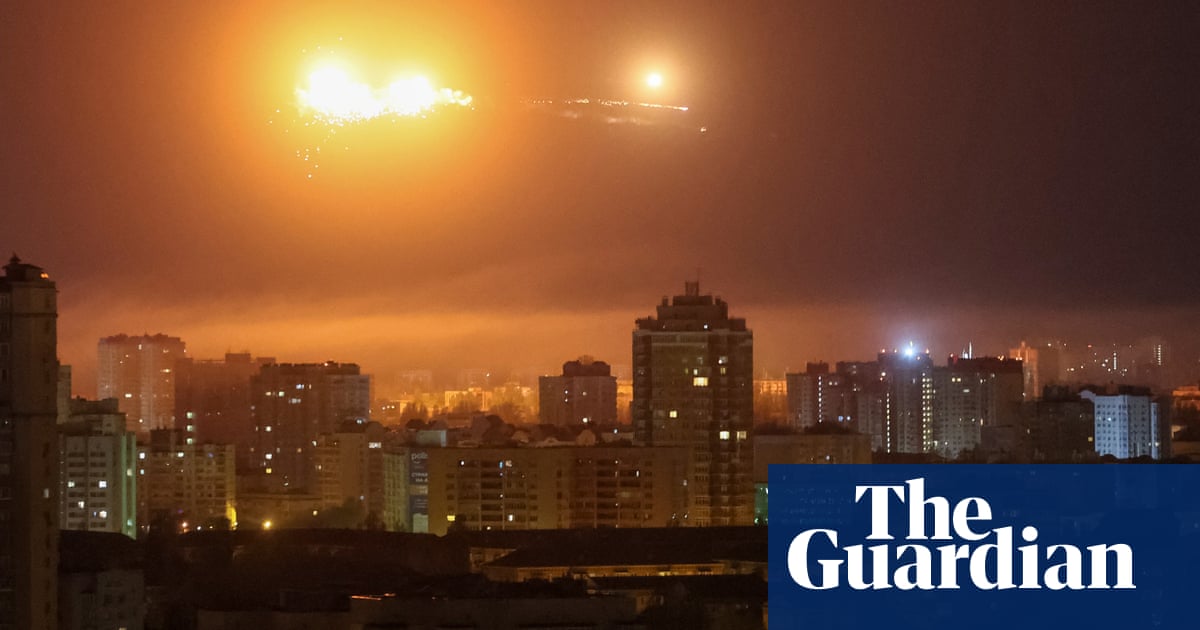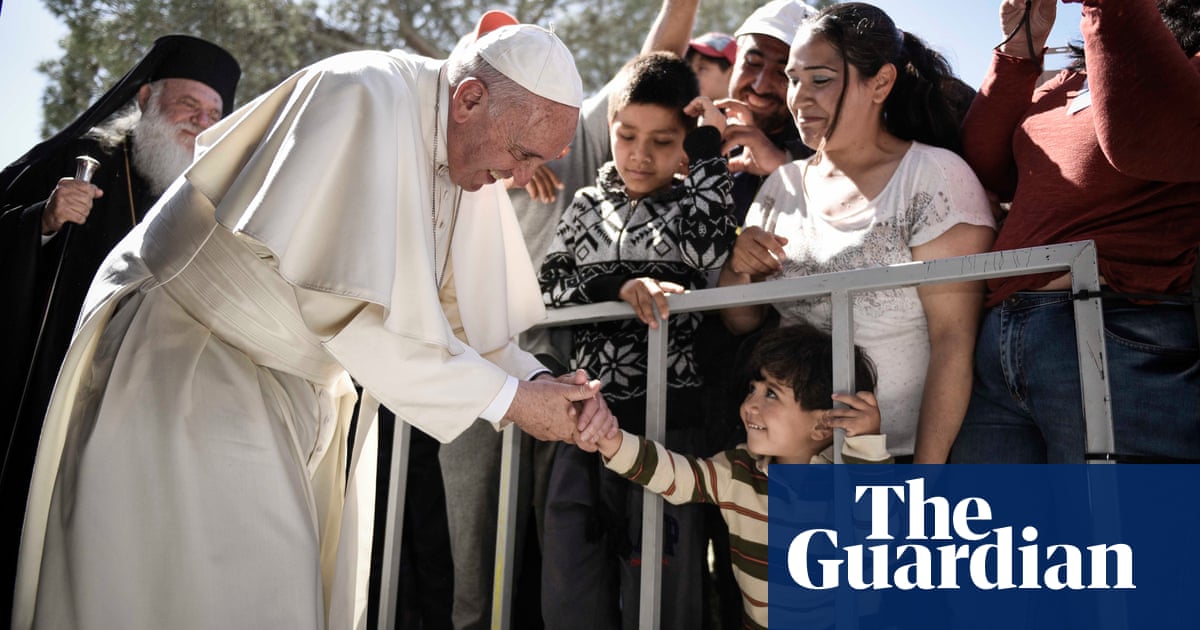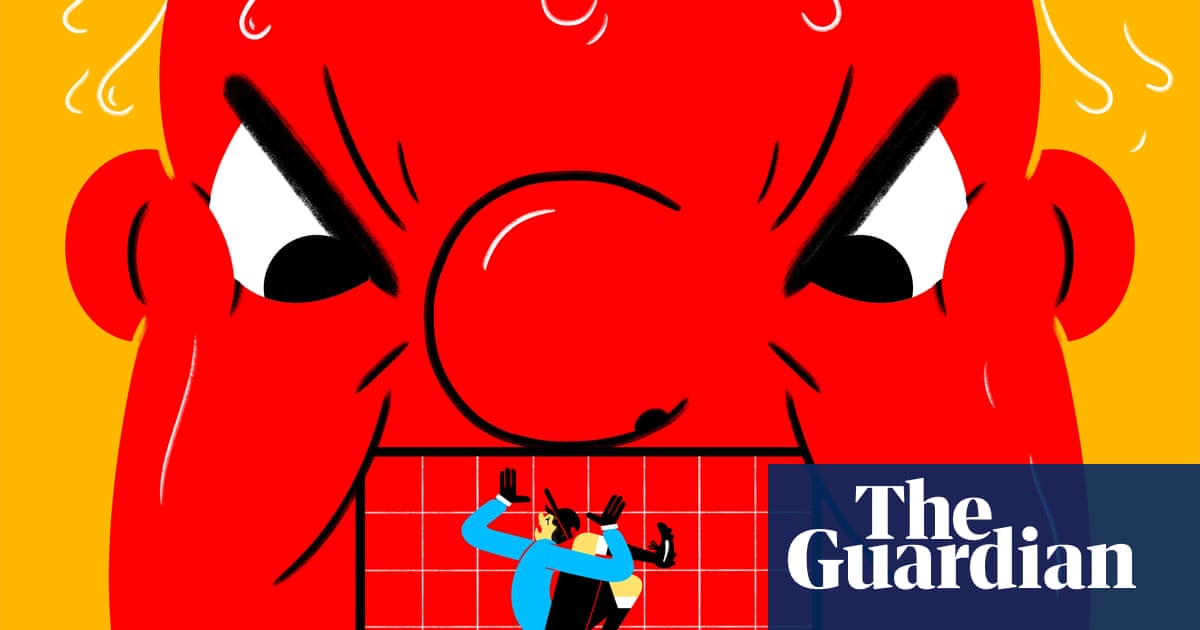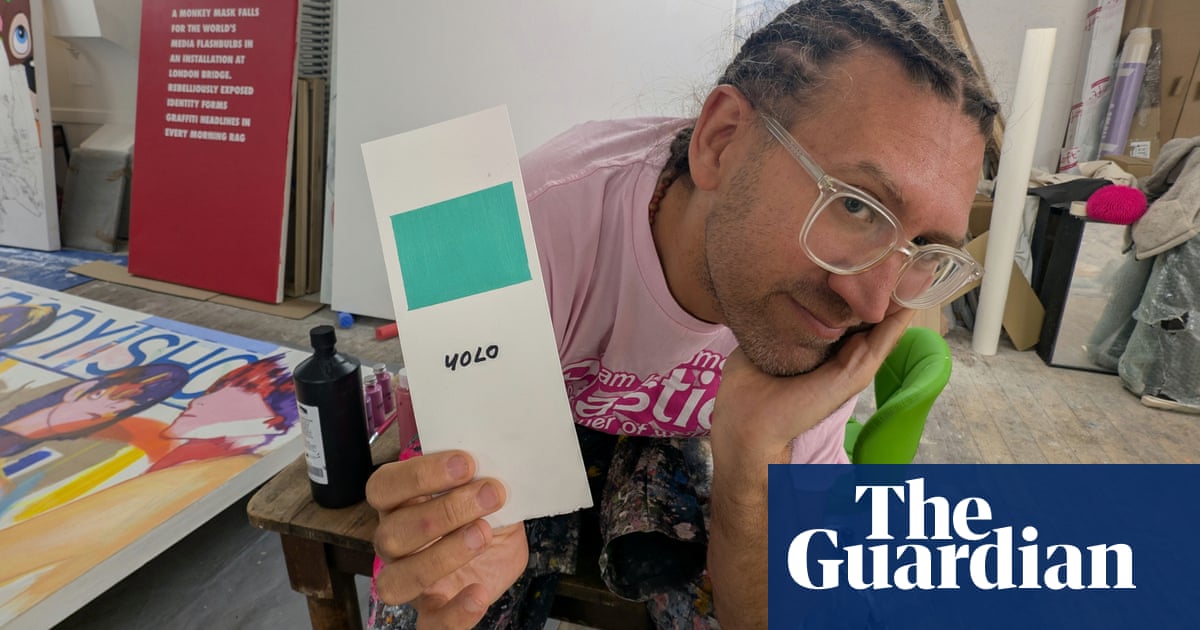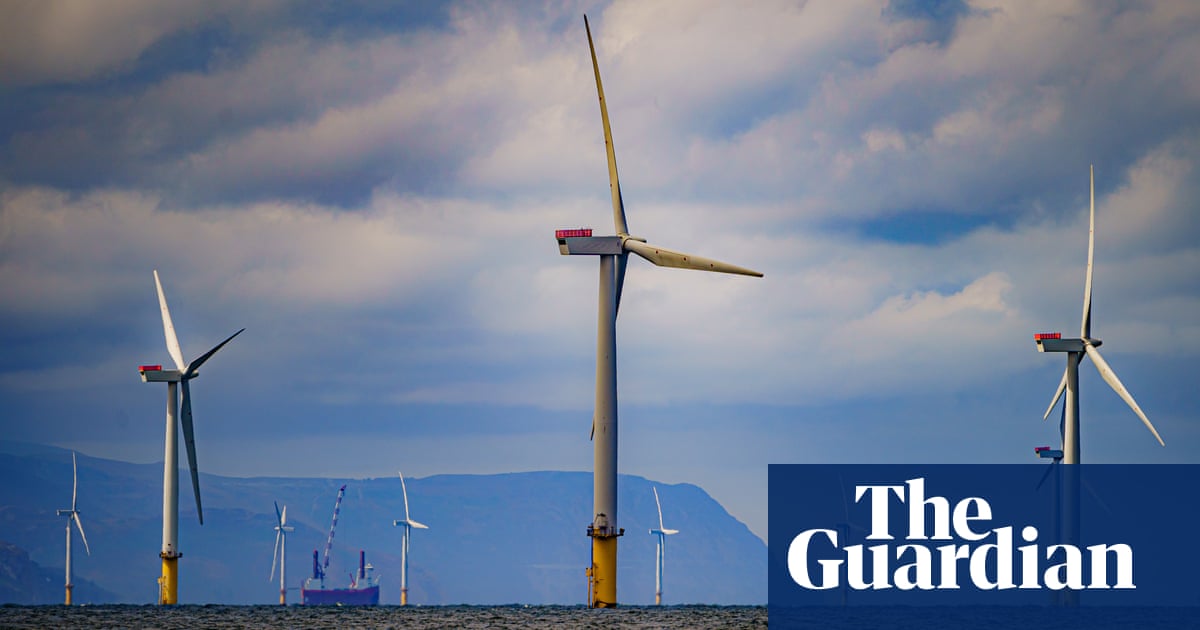Recently, the letters pages of the Guardian have featured conflicting accounts of cold fusion, otherwise known as low-energy nuclear reactions (LENR). On the one hand, the Nobel laureate Prof Brian Josephson and his co-authors argue (27 January) that cold fusion’s time has come: companies can “make these reactions work quite reliably”, with the promise of “ending reliance on fossil fuels”. In response, Dr Philip Thomas, a researcher at the University of Exeter, proclaims (2 February) that cold fusion is a “pseudo-scientific fringe theory” in violation of the “laws of nature”. Which laws, in particular, Dr Thomas does not say.
There is, however, a constructive middle ground between Josephson’s fervour and Thomas’s denigration. LENR advocates often fail to appreciate the evidentiary standard required to demonstrate novel nuclear effects. Overzealous critics are generally not well read on the LENR literature and lack perspective on the emergence of new fields from anomalous effects in science. As a result, they contribute to the palpable stigma that the Cambridge emeritus professor Huw Price calls the “reputation trap”. Regardless, there is compelling experimental data and strong theoretical motivations to study cold fusion.
We are MIT-based researchers in an LENR research programme run by the US Department of Energy’s innovation agency, Arpa-E. Our group is pursuing the careful replication and characterisation of promising LENR experiments in close coordination with the original experimentalists and informed by the theoretical work of the MIT professor Peter Hagelstein.
Cold fusion could result in spectacular technologies. But we are convinced that the way forward requires rigorous, open-source scientific investigation, not more claims. The Arpa-E LENR programme – a result of Google’s research efforts in cold fusion summarised in the journal Nature – is a model in this regard. It balances the highest scientific standards and careful experimental documentation with an open mind to the anomalies reported in the LENR literature.
In many ways, cold fusion’s time has come. Advances in theory and experiment have made the LENR field eminently actionable. It is time for fellow scientists to constructively engage and for science funders to take Arpa-E’s lead and back rigorous inquiry into this promising field.
Jonah Messinger
PhD candidate, University of Cambridge
Florian Metzler
Research scientist, MIT
Matt Lilley
Research affiliate, MIT
Nicola Galvanetto
Postdoctoral research fellow, University of Zurich
Dr Philip Thomas seems to be unaware of current work on cold fusion. A good example is the five-year EU-funded CleanHME project, which held its wrap-up meeting recently at the University of Szczecin in Poland. This collaboration involved some 40 scientists from several European universities and institutes.
To refer to the concerns of such projects as “pseudo-scientific fringe theory”, as Dr Thomas does, is both unfair and unwise. Unfair, because these are serious scientists, fully conversant with the laws of nature. Unwise, because we are in a very tight spot. We need new sources of fossil-free energy, so we need to search for them diligently, even in what many regard as unlikely corners. By all means criticise such work on scientific grounds, but it is folly to discourage it by calling it names.
I would be delighted to introduce Dr Thomas to some of the leading scientists in the field if he would like to explore it further.
Huw Price
Emeritus Bertrand Russell professor of philosophy, Cambridge

.png) 2 months ago
33
2 months ago
33

